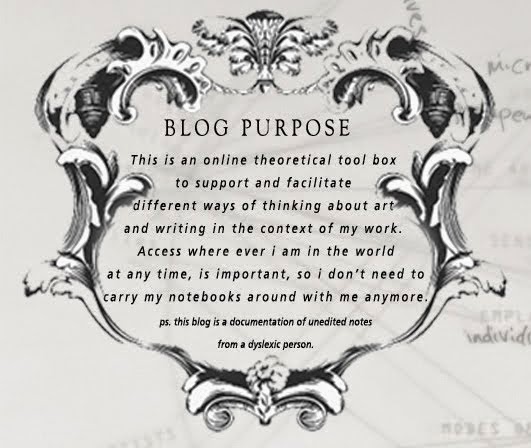Orchestrated
detail
Motifs,
Parallels
Structure
Turning point
Repetition
Non chronological structure
|
|
Meaning:
Historical
Cultural attributes
References
Intertextual references
Meaningful references with objects
Social context
International context
Transnational context
|
|
The goal
of the film analysis:
Articulating meaning
Developed interpretive claims
|
|
Significant
detail:
Scene analysis
Film analysis
The research
What would the popular review be.
Define the Narrative elements
Define the narrative structure
What are the variations on the narrative
conventions, beyond structure
Perspectives and meanings
Character subjectivity
|
|
Techniques
in practice
Where are the shifts in the narratives
Existing meanings outside the story
Any conventional patterns
Continuity and space
Breaking the rules
Describe the setting – spatial attributes
Function of the setting
|
Human casting
Acting style
Placement, distancing
The audience
Make up
Lighting
|
|
Compositions:
Symmetry
Costumes and props
Foreground
Background
Colour
Poetic realism
Slow motion or fast motion
|
|
Camera angle:
Height
Distance
Movement
Vertical
3D
depth of field
focal length
zoom
filters
lenses
exposure
special effects
|
|
editing:
editing as metaphor
montage aesthetics
classical editing
|
|
sound:
voice or authority
tone
relationship between sound
and image contrast
emphasizing
music
|
|
Dialogue:
What is the text
Subtext
Volume
Pitch
Speech characteristics
Acoustic qualities
Voice over
|
Genre’s:
American
Western
Film Noir
Action
Detective
Science fiction
Musical
ARTIFACT
High concept film
Independent film culture
|
|
Film Authorship:
Biographical influence
|
|
Other information
|

